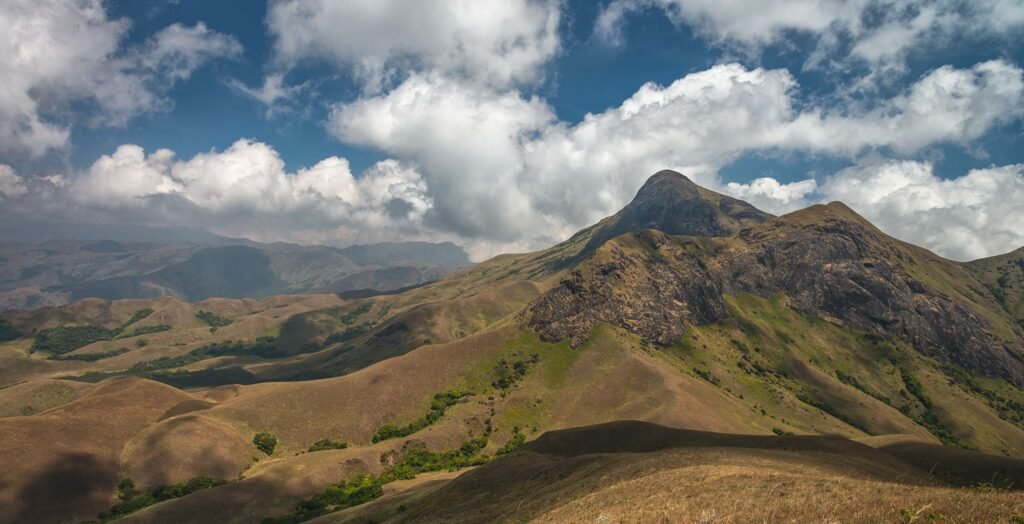Climbing to the top of Anamudi Peak is more than just a trek; it’s a journey into the heart of nature, which the sky and earth seem to embrace. Rising majestically in the Western Ghats, Anamudi Peak is the tallest mountain in South India, and its allure is undeniable. Whether you’re an avid trekker or a nature enthusiast, the adventure that awaits you at Anamudi Peak is both exhilarating and humbling. As you ascend, the world below fades away, leaving only the awe-inspiring vistas of rolling hills, deep valleys, and the occasional glimpse of rare wildlife.
Anamudi Peak: The Pinnacle of South India
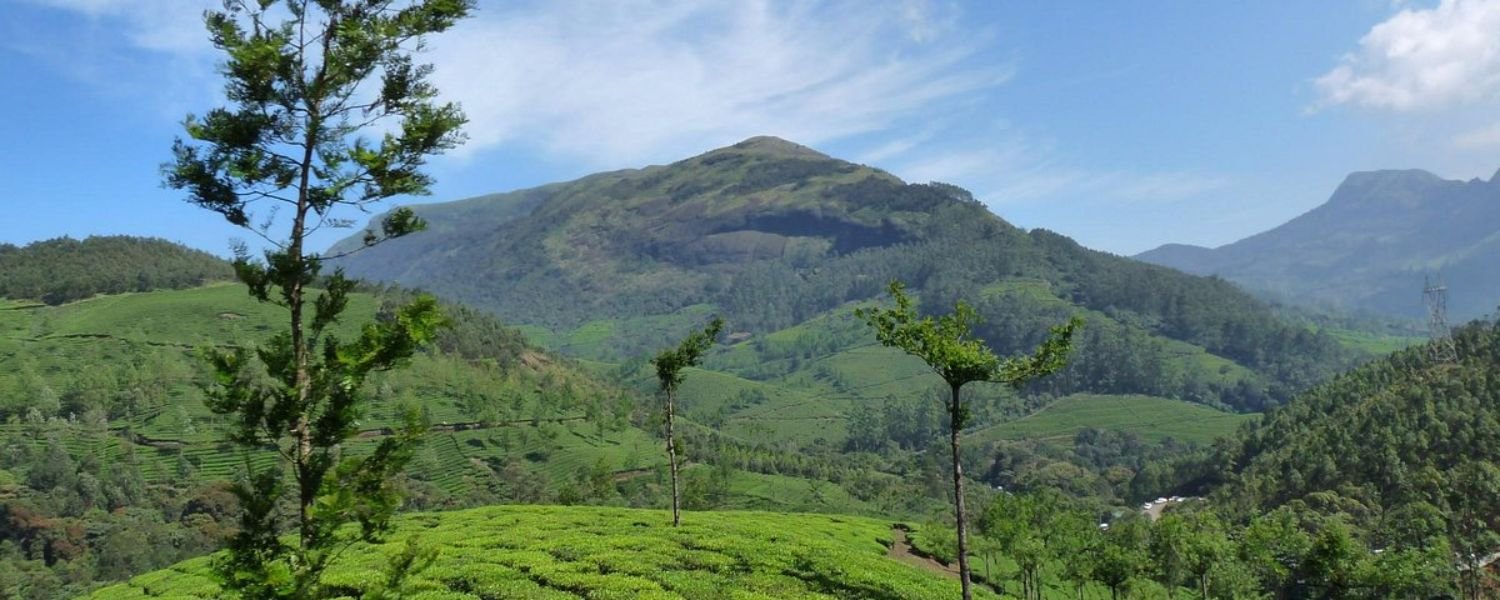
Introduction to Anamudi Peak
Anamudi Peak is the highest point in the Western Ghats, soaring to an Anamudi peak height of 2,695 meters (8,842 feet) above sea level. Nestled within the Eravikulam National Park in Kerala, this peak is a geographical marvel and a biodiversity hotspot. The name “Anamudi” translates to “Elephant’s Forehead,” a nod to its rounded summit, which resembles the head of an elephant. The peak forms a part of the Anamalai range, known for its rich flora and fauna, making it a trekker’s paradise.
Why Anamudi Peak Should Be on Your Bucket List
The allure of Anamudi Peak lies not just in its height of Anamudi Peak but in the experience it offers. When you set foot on the trail, you are enveloped in a world of lush greenery, vibrant wildlife, and fresh mountain air. Initially, the trek to the summit is challenging yet rewarding, offering unparalleled views of the Western Ghats. With convenient access from various airports in Kerala, it’s a perfect escape for those seeking adventure, peace, and a connection with nature.
Best Time to Visit Anamudi Peak
Timing your visit to Anamudi Peak is crucial to making the most of this adventure. The best time to trek is between November and May when the weather is cool and dry. During these months, the skies are clear, providing breathtaking views from the summit.
Moreover the monsoon season, from June to October, brings heavy rains, making the pathways slick and dangerous. However, for those who prefer solitude, the post-monsoon period offers lush greenery and a serene environment, albeit with the risk of unpredictable weather.
The Trekking Experience: What to Expect

Getting Started: The Trailhead and Permissions
Your journey to Anamudi Peak begins at the National Park of Eravikulam, a UNESCO World Heritage site and one of the notable heritage sites in Kerala, known for its rich biodiversity. Before you start, obtaining the necessary permissions from the Forest Department is essential, as the peak lies within a protected area. The trek is usually guided by experienced local guides who ensure your safety and preserve the natural environment.
The Trail: A Journey Through Diverse Landscapes
The trek to Anamudi Peak is approximately 13 kilometers (8 miles) round trip and might require six to eight hours, depending on your pace and the weather conditions. The trail is moderately complex, requiring a good level of fitness.
It begins with a gentle ascent through grasslands and shola forests, gradually becoming steeper as you approach the summit. Along the way, you’ll pass through various ecosystems, each more captivating than the last. However, the trail offers stunning views of the surrounding valleys, tea plantations, and the distant peaks of the Western Ghats.
Reaching the Summit: The Ultimate Reward
The final stretch to the summit of Anamudi Peak is the most challenging, with rough terrain and severe inclines. But the effort is worth it. As you reach the top, you are greeted by fantastic views that stretch as far as the eye can see. On a clear day, you can see the neighboring states of Tamil Nadu and Karnataka. The sense of accomplishment and the breathtaking scenery make the trek to Anamudi Peak a genuinely unforgettable experience.
Flora and Fauna: A Trek Through Nature’s Bounty
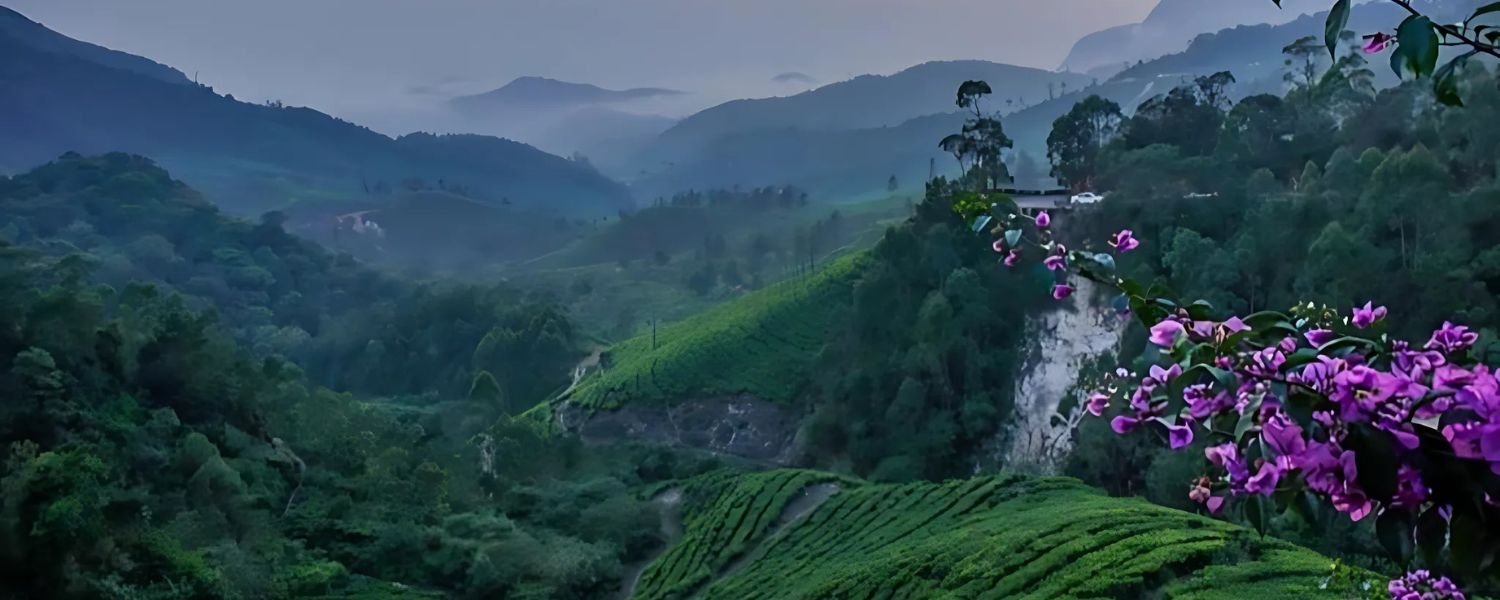
The Unique Ecosystem of Anamudi Peak
Anamudi Peak is an anamudi peak trek delight and a haven for nature lovers. The peak is part of the Anamalai sub-cluster, a hotspot for biodiversity brimming with unusual plants and animals. The lower slopes are covered with dense shola forests, while grasslands dominate the higher altitudes. These ecosystems support many plant and animal species, several species that are unique to the Western Ghats.
Spotting Wildlife: The Creatures of the Western Ghats
As you go up the trail, watch for the diverse wildlife that calls Anamudi Peak home. The region is famous for the Nilgiri tahr, an endangered mountain goat often spotted grazing on the grassy slopes. Other animals you might encounter include elephants, leopards, gaurs (Indian bison), and several kinds of deer. Moreover, birdwatchers will also be delighted by the presence of several rare and endemic bird species, such as the Nilgiri flycatcher and the Kerala laughingthrush.
Botanical Wonders: The Plants of Anamudi Peak
The flora of Anamudi Peak is equally impressive, with various plants adapted to the high-altitude environment. The peak is home to several species of orchids, rhododendrons, and balsams, many of which bloom during the post-monsoon season.
The shola forests are rich in medicinal plants, some of which have been used by local communities for centuries. On the other hand, the grasslands are dotted with flowering plants, adding bursts of color to the landscape.
Planning Your Anamudi Peak Adventure
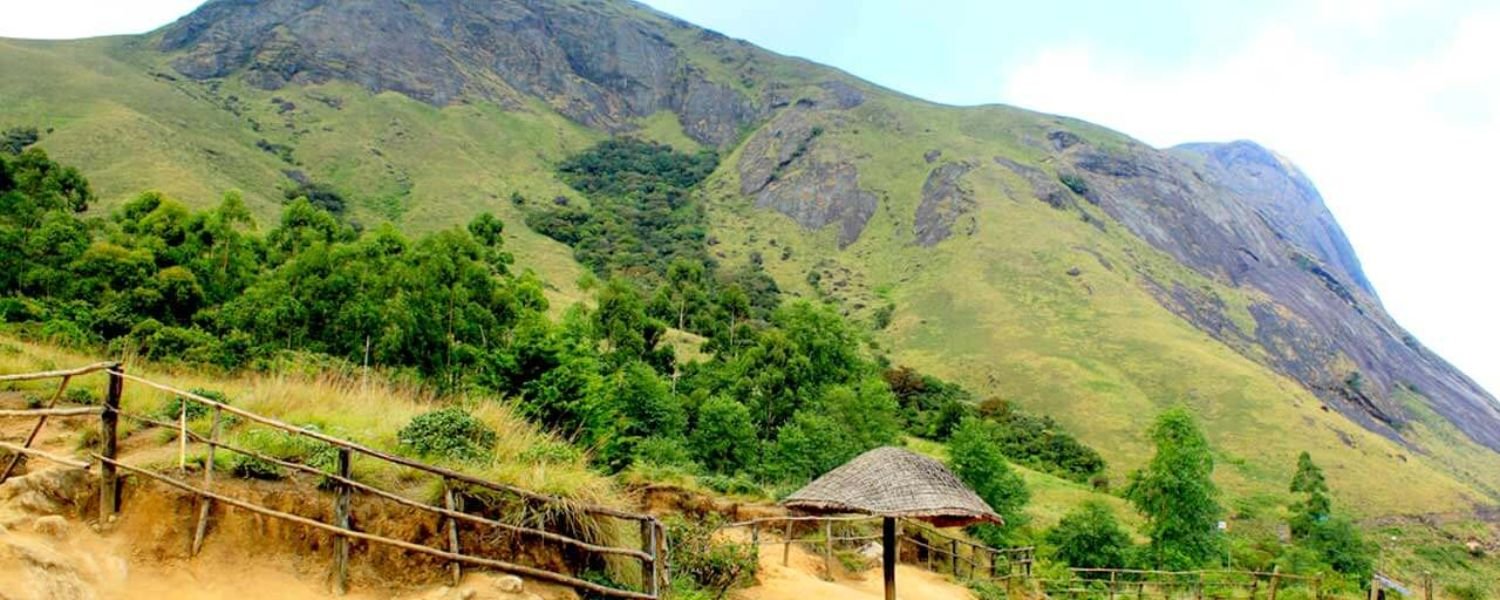
How to Get There: Accessibility and Transportation
Additionally, Anamudi Peak is located in the Idukki district of Kerala, approximately 15 kilometers (9 miles) from the hill station of Munnar. The nearest airport is Cochin International Airport, about 130 kilometers (81 miles) away.
From Anamudi Peak Munnar, you can hire a taxi or take a bus to the Eravikulam National Park, where the trek begins. The roads leading to Munnar are well-maintained, offering scenic views of tea plantations, waterfalls, and the rolling hills of the Western Ghats.
Where to Stay: Accommodation Options Near Anamudi Peak
Munnar offers various accommodation options to suit every budget and preference. From luxury resorts to budget-friendly homestays, there’s something for everyone. Staying in Munnar allows you to explore Anamudi Peak and the many other attractions in the region, such as tea plantations, waterfalls, and wildlife sanctuaries.
If you prefer a more rustic experience, camping sites are available near the base of the peak, offering a chance to sleep under the stars and the sounds of nature as you awaken.
What to Pack: Essential Gear for the Trek
Moreover, packing the right gear is essential for a successful trek to Anamudi Peak. Here’s a checklist to help you prepare:
1. Sturdy hiking boots: However, the trail may be rough and stony, so a good pair of boots is necessary.
2. Weather-appropriate clothing: Layers are essential, as temperatures can vary significantly between the bottom and the top.
3. Rain gear: Even during the dry season, the weather in the mountains can be unpredictable.
4. Water and snacks: Further, stay hydrated and energized throughout the trek.
5. First-aid kit: Include band-aids, antiseptic wipes, and any personal medications.
6. Camera: Moreover, you’ll want to capture the stunning views from the summit.
Safety Tips for Trekking Anamudi Peak
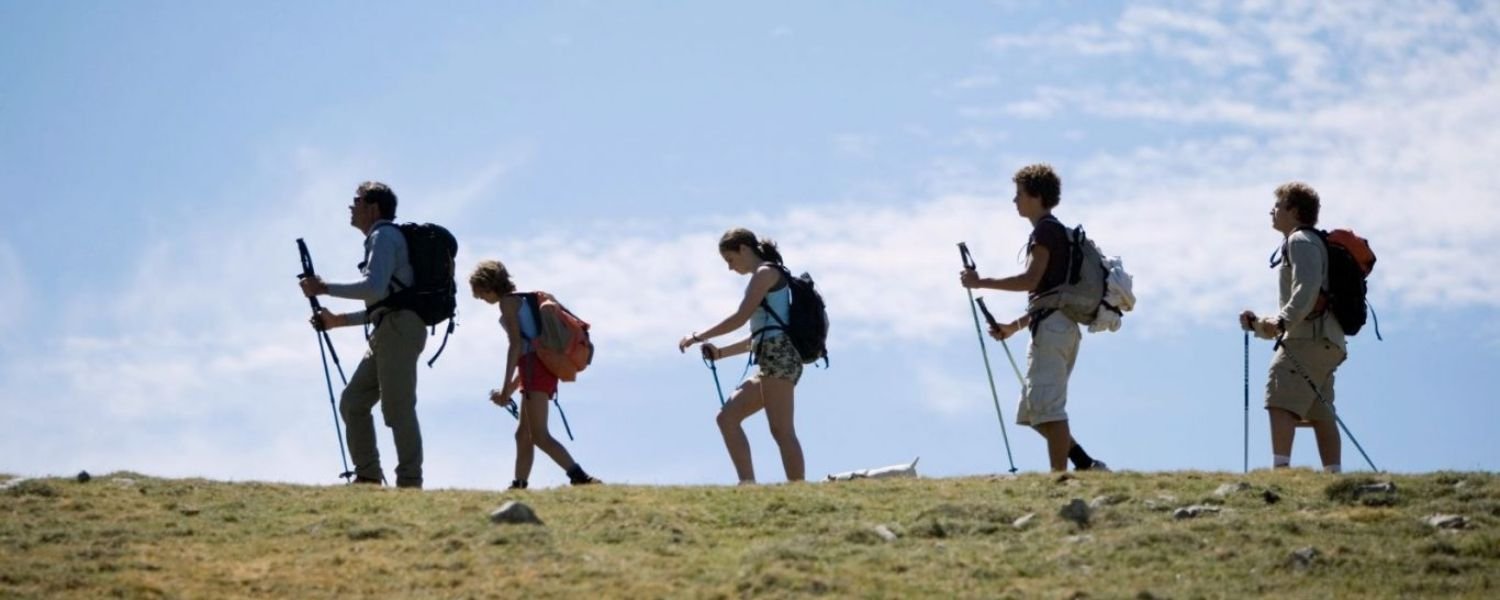
Understanding the Risks: Weather and Terrain Challenges
Anamudi Peak Trekking is an exhilarating experience, but it’s critical to understand the hazards involved. However, the weather can change rapidly in the mountains, with sudden fog, rain, or high winds. The terrain is also challenging, with steep inclines and rocky paths that can be slippery, especially after rain. It’s crucial to be well-prepared and always listen to your guide’s instructions.
Guided vs. Independent Trekking: Which Is Right for You?
While it’s possible to trek independently, most visitors opt for a guided trek. A guide enhances your safety by navigating the trail and managing any risks. It enriches your experience by sharing insights about the local flora, fauna, and culture. If you’re an experienced trekker, you might prefer the freedom of an independent trek, but for most people, a guided trek offers the best balance of adventure and security.
Health Considerations: Preparing Physically for the Trek
This Peak is a moderately complex trek, so you must be in good physical condition before you go. Daily cardiovascular exercise, such as hiking, running, or cycling, will enable you to develop the endurance required to climb.
Initially, if you have health concerns, consult your doctor before attempting the trek. It’s also a good idea to acclimate to the altitude by spending a few days in Munnar before starting the trek. While in the area, consider visiting the Mattancherry Palace to explore local history.
The Cultural and Environmental Significance of Anamudi Peak

Anamudi Peak in Local Culture and History
Anamudi Peak holds a special place in the hearts of the local communities. The peak and surrounding areas are steeped in history and culture, with many stories and legends associated with the mountain. The name “Anamudi,” meaning “Elephant’s Forehead,” reflects the region’s deep connection with nature, as elephants have long been a symbol of power and wisdom in Indian culture. The mountain is also considered sacred by some local tribes, who have lived in harmony with the natural environment for generations.
Conservation Efforts: Protecting Anamudi Peak’s Biodiversity
Anamudi Peak and the surrounding Eravikulam National Park are part of a critical conservation area that protects the unique biodiversity of the Western Ghats. The park is home to several endangered species, including the Nilgiri tahr, and serves as a vital water catchment area for the region.
Conservation efforts focus on protecting fragile ecosystems from threats such as deforestation, poaching, and climate change. Visitors to the peak are encouraged to follow “Leave No Trace” principles, ensuring that the natural beauty of Anamudi Peak is preserved for future generations.
Conclusion
Anamudi Peak is more than just a mountain; it’s a testament to the beauty, diversity, and majesty of The Western Ghats. Trekking to the summit is a challenge that rewards you with unforgettable views, a deep connection with nature, and a sense of accomplishment. Whether you’re seeking adventure, peace, or simply a take a vacation from the everyday grind, Anamudi Peak offers an experience like no other. Moreover, lace up your boots, pack your bags, and prepare for an adventure that will take you to the clouds and beyond.
FAQs
Q. What is the best time to trek Anamudi Peak?
A. The best time to trek is between November and May, during the dry season when the weather is excellent and the skies are clear.
Q. How challenging is the trek to Anamudi Peak?
A. The trek is moderately complex and requires a good level of fitness. It involves steep inclines and rocky terrain, especially near the summit.
Q. Is it necessary to have a guide for the trek?
A. While it’s not mandatory, having a for safety, a guide is strongly advised and to enhance your experience by providing insights into the local flora, fauna, and culture.
Q. What wildlife can be seen at Anamudi Peak?
A. The peak is home to various wildlife, including the endangered Nilgiri tahr, elephants, leopards, and several rare bird species.
Q. Are there any accommodation options near Anamudi Peak?
A. Yes, Munnar offers a range of accommodations, from luxury resorts to budget-friendly homestays. Camping options are also available near the peak’s base.
Q. What should you pack for the trek?
A. Moreover, essential items include sturdy hiking boots, weather-appropriate clothing, rain gear, water, snacks, a first-aid kit, and a camera.
